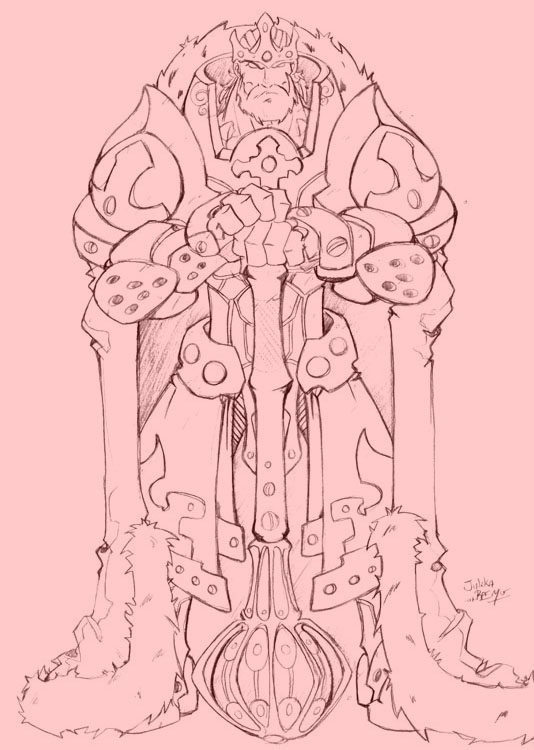
In chess, the king (♔, ♚) is the most important piece. The object of the game is to trap the opponent's king so that its escape is not possible (checkmate). If a player's king is threatened with capture, it is said to be in check, and the player must remove the threat of capture on the next move. If this cannot be done, the king is said to be in checkmate. Although the king is the most important piece, it is usually the weakest piece in the game until a later phase, the endgame.
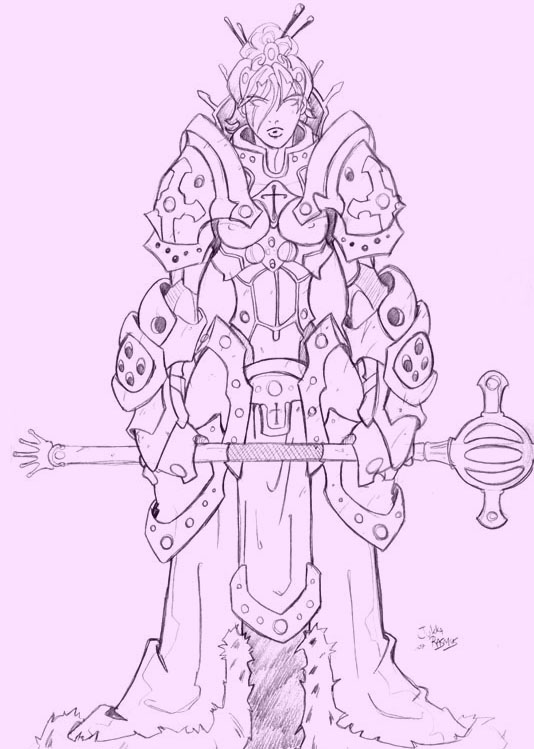
The queen (♕,♛) is the most powerful piece in the game of chess, able to move any number of squares vertically, horizontally or diagonally. Each player starts the game with one queen, placed in the middle of the first rank next to the king. Because of the value of a queen, it is sometimes used as bait to lure an opponent into a trap by a queen sacrifice. Another tactic is to use the queen to threaten the opponent's queen, to either retreat or to exchange the queen (losing both of them) to reduce the game to less powerful pieces. The queen is often used in conjunction with another piece, such as teamed with a bishop or rook, where the pieces could guard each other while threatening the opponent pieces.
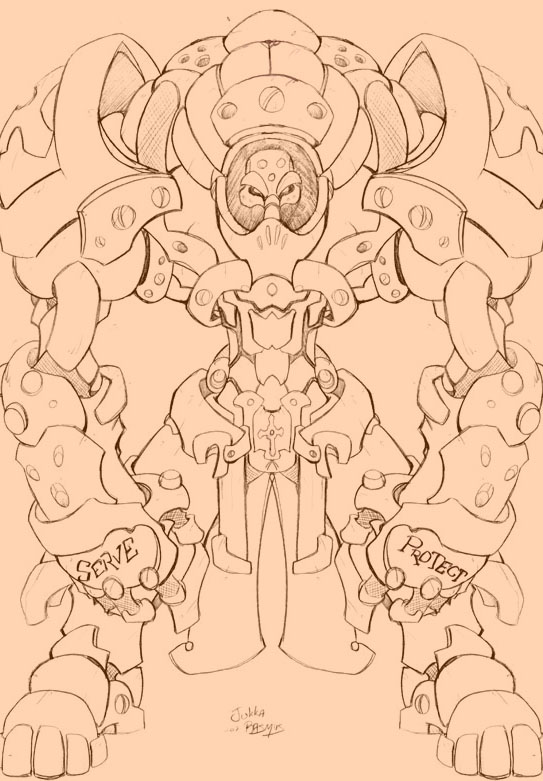
A rook (♖ ♜ borrowed from Persian رخ rokh, Sanskrit रथ rath, "chariot") is a piece in the strategy board game of chess. Formerly the piece was called the tower, marquess, rector, and comes (Sunnucks 1970). The term castle is considered informal, incorrect, or old-fashioned. Each player starts the game with two rooks, one in each of the corner squares on their own side of the board.
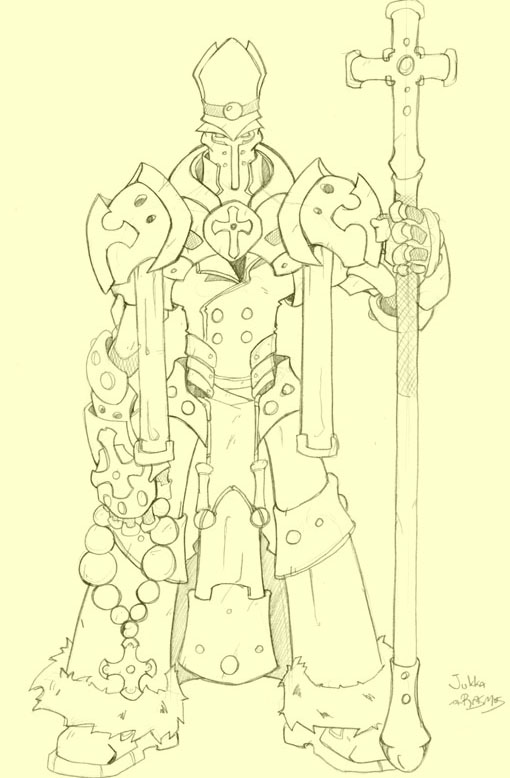
A bishop (♗,♝) is a piece in the board game of chess. Each player begins the game with two bishops. One starts between the king's knight and the king, the other between the queen's knight and the queen. In algebraic notation the starting squares are c1 and f1 for White's bishops, and c8 and f8 for Black's bishops.
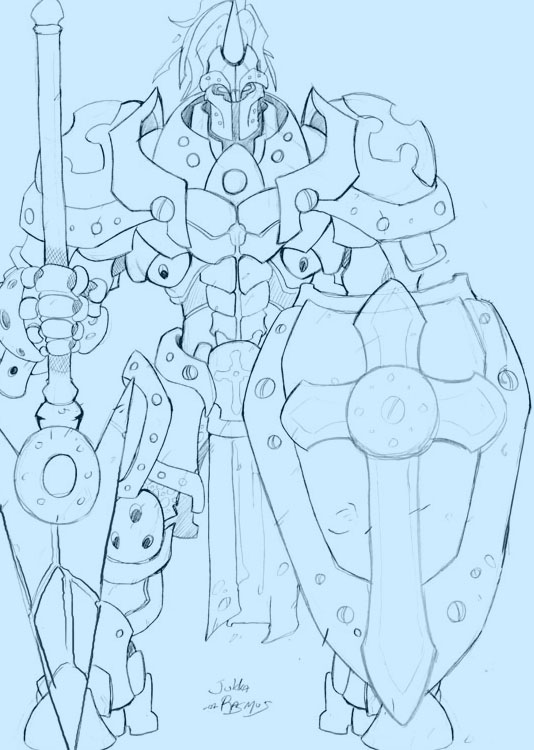
The knight (♘ ♞) is a piece in the game of chess, representing a knight (armored cavalry). It is normally represented by a horse's head and neck. Each player starts with two knights, which begin on the row closest to the player, one square from each corner.
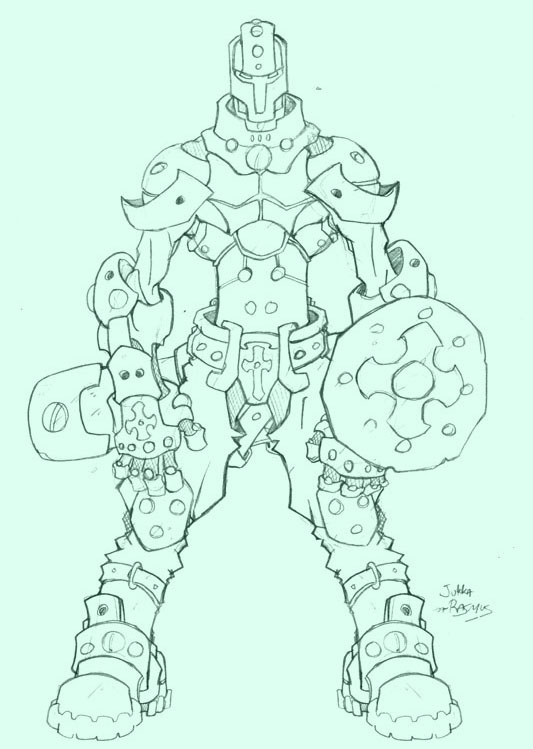
The pawn (♙♟) is the most numerous piece in the game of chess, and in most circumstances, also the weakest. It historically represents infantry, or more particularly, armed peasants or pikemen.[citation needed] Each player begins a game of chess with eight pawns, one on each square of the rank immediately in front of the other pieces. (In algebraic notation, the white pawns start on a2, b2, c2, ..., h2, while black pawns start on a7, b7, c7, ..., h7.) Individual pawns are referred to by the file on which they stand. For example, one speaks of "White's f-pawn" or "Black's b-pawn", or less commonly (using descriptive notation), "White's king bishop pawn" or "Black's queen knight pawn". It is also common to refer to a rook pawn, meaning any pawn on the a- or h-file, a knight pawn (on the b- or g-file), a bishop pawn (on the c- or f-file), a queen pawn (on the d-file), a king pawn (on the e-file), and a central pawn (on either the d- or e-file).